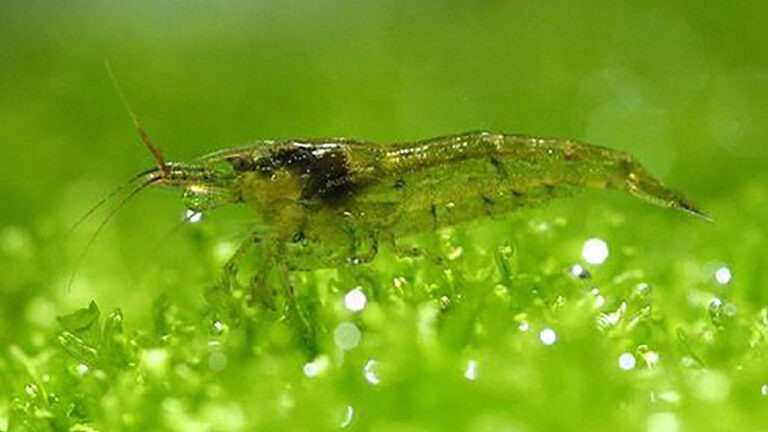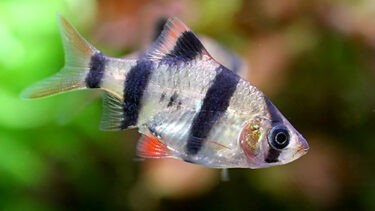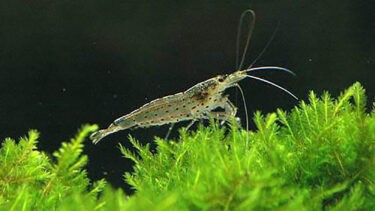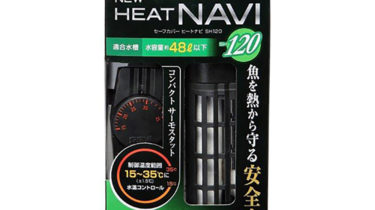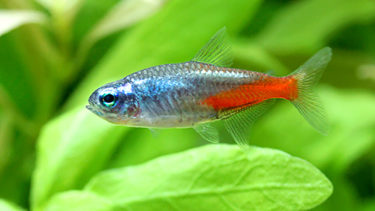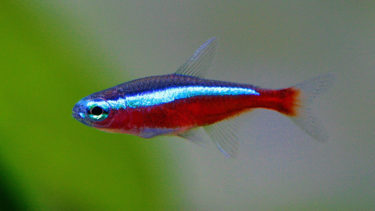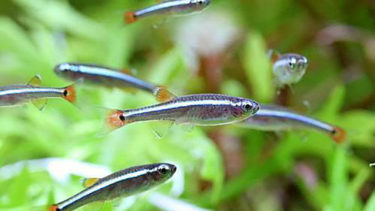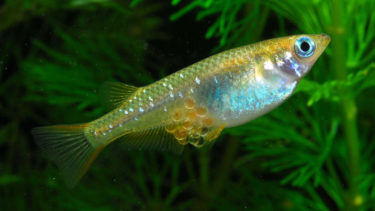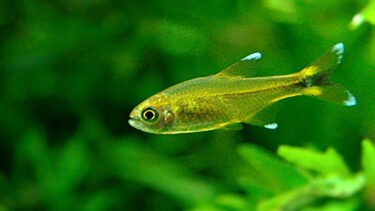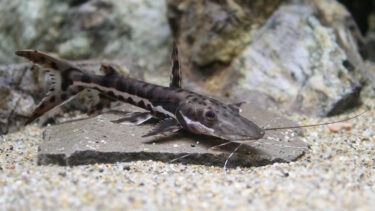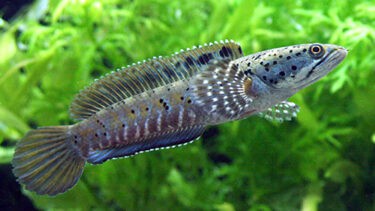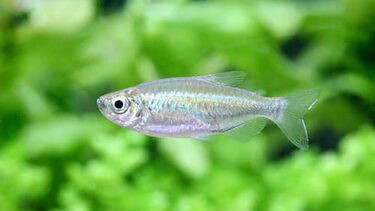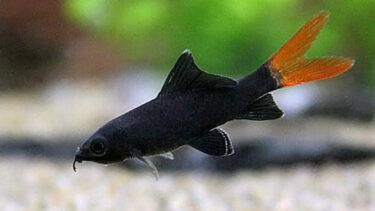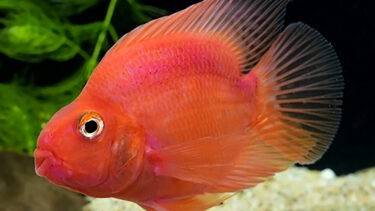The southern shrimp is native to East Asia, including Japan, the Korean Peninsula, China, and Taiwan, and belongs to the family of decapod shrimps (decapod shrimps) in the family Pandalidae. In this article, I would like to explain in detail the characteristics of the southern prawn and how to keep it.
What is a southern shrimp?
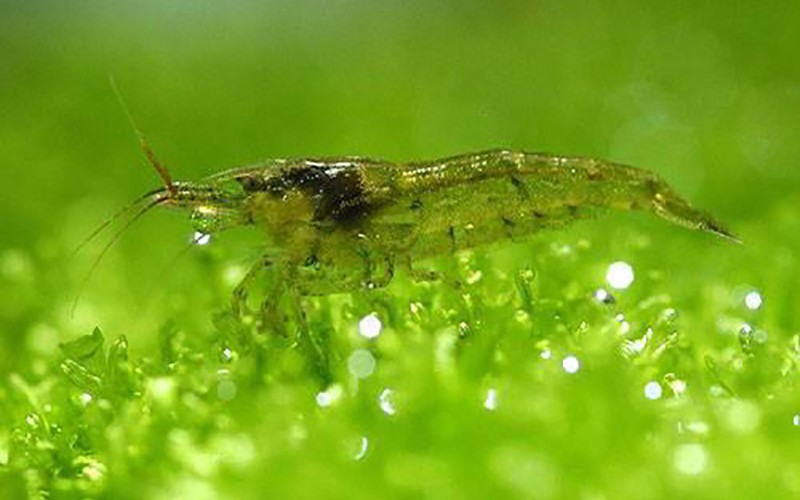
The southern shrimp is a species of shrimp in the family Prawns (decapods), family Prawnidae. The origin of the southern shrimp is East Asia, including Japan, the Korean Peninsula, China, and Taiwan. The body color of the southern brown shrimp is not distinctive, although it has thin black lines at regular intervals on its back like stripes.They feed on the leftovers of other species such as killifish, moss, and aquatic plants, preventing the deterioration of water quality. The southern shrimp is a species endemic to Japan, but since most of the southern shrimps in circulation today are from China or Southeast Asia, they may not be exactly the same as the original southern shrimp.
When you go to a specialty store to look at tropical fish, you may be surprised at the large number of species available. The prices are different, as are the sizes and appearances, so it is difficult to know what to choose based on. In this article, I would like to explain in detail about the different types of tropical fish. Classification of tropical fish Ca[...]
The Sumatran is a tropical fish of the Puntius genus of the carp family, Carpidae, native to the islands of Sumatra and Borneo in the Republic of Indonesia, and is characterized by the four black banded lines that traverse the sides of its body. In this article, we will explain in detail the characteristics of the Sumatran and how to keep it [...].
The Yamato numaebi is a shrimp that is native to East Asia, including Japan, Korea, and Taiwan, and belongs to the family Numaebiidae of the order Shrimps (decapods), and has a transparent body with a thin red dotted line. In this article, I would like to explain in detail the characteristics and how to keep such a Yamato numaebi [...].
Red Bee Shrimp are native to Hong Kong, Taiwan, and other parts of East Asia, and belong to the family of shrimp (decapods) in the order Pandalidae. Its vivid body color makes it a very popular shrimp. In this article, we will introduce you to the Red Bee Shrimp [...].
How to keep the southern shrimp
The southern shrimp is an easy species to keep. The life span of the southern shrimp is approximately 1 to 2 years. Their body size is approximately 2 to 3 cm. However, both lifespan and body size vary depending on the environment in which they are kept and the food they are fed. They prefer slightly alkaline to neutral water quality, with a pH range of 6.0 to 8.0. Japanese shrimp can live at low water temperatures, but Chinese and Southeast Asian shrimp may require a heater.
A heater is a device that maintains a constant water temperature. If you go to a specialty store that carries heaters, you will find a wide variety of types. Some people may be at a loss as to which one to choose. In this article, we would like to explain about such heaters [...]
Points to keep in mind when mixing swimmers

Regarding mixed swimming, the southern shrimp has a mild temperament. Therefore, if the species you are mixing them with is territorial or aggressive, the southern shrimp may be attacked, resulting in injury or even illness due to stress. Also, because the southern shrimp is small, it may be preyed upon when mixed with some goldfish or tropical fish.Recommended species for mixing with southern shrimp are killifish in general, neon tetras and other characins, and small fish such as red fin fish. If you are unsure of the compatibility of the species you wish to mix with your killifish, take measures such as creating a hiding place by adding aquatic plants.
The neon tetra is a tropical fish in the family Carassinae, and is a beautiful fish with a blue glow from its head to its tail fin. In this article, I would like to explain in detail the characteristics of the Neon Tetra and how to keep it. What is a Neon Tetra?
The cardinal tetra is a tropical fish of the family Carassinae of the order Carassinae that lives in the Negro and Amazon rivers in South America. It is a beautiful fish with a blue glow from its head to its tail fin. In this article, I would like to explain in detail the characteristics of the Cardinal Tetra and how to keep it. [...].
The redfin is a tropical fish of the carp family Tanichthys, which is native to Baiyunshan in Guangzhou, China. Its body color is mainly silver-gray with a dark blue line from the back of the eye to the base of the tail fin. In this article, we will explain in detail the characteristics of the redfin and how to keep it [...].
Points about spawning
Many people who keep southern shrimp want to breed them. To distinguish male and female southern shrimp, males are more slender, have longer antennae, and smaller tail openings (tail limbs). In comparison, females have a rounder abdomen, shorter antennae, and larger tail limbs. Breeding of the southern shrimp is relatively easy. As long as the appropriate water temperature and quality are maintained, they will begin to breed. First, the water temperature should be between 20°C and 29°C. If the water temperature is not controlled by a heater, etc., it is often the same time of year as the breeding season for common killifish.The ideal water quality is near neutral acidic water, but if the water quality is good enough for the southern shrimp to live in, they will reproduce. Since southern shrimp attach their eggs to spawning beds and aquatic plants, please keep spawning beds and aquatic plants in your aquarium. After spawning, there is no particular need to move them to a separate tank from their parents (adults), as is the case with killifish. This is because fry are usually too small to be seen immediately after hatching. The fry feed on phytoplankton and moss. It is also not uncommon for them to eat the feces of their parents. Therefore, keeping them together with their parents (adults) will reduce waste and slow the deterioration of water quality as a result. There is no need to worry, as the adults rarely chase the fry compared to other species. It is not unusual for the number of southern shrimp to increase quickly once the breeding environment is set up, as they are ready to reproduce at about three months of age.
Many people who keep killifish want them to spawn. However, not many people know about spawning and what they need to do to prepare for it. This time, we would like to explain the method of spawning and the points to be noted [...].
If you have kept goldfish for a long time, you may want to try to breed them. However, if goldfish spawning is not done with care, there is a high possibility that the goldfish will weaken. In this article, I would like to explain in detail the method and precautions for spawning. The time of spawningThe time of spawning of goldfish is [...]
Points to keep in mind when keeping southern shrimp
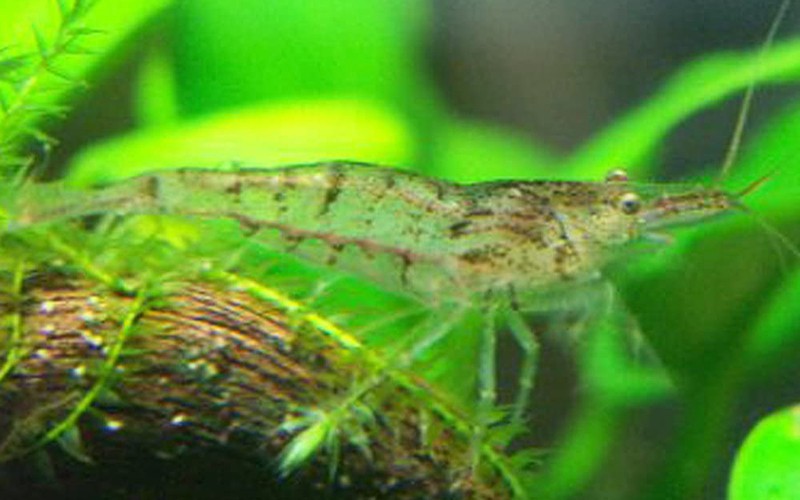
The southern shrimp is a recommended species because it is easy to keep and to mix with other species. They also breed very quickly, so you can enjoy increasing the number of them. The southern shrimp is one of the most docile species of shrimps and will not cause problems in the aquarium. However, because of their docility, the number of them may decrease at once if you are not careful about the species with which they are mixed.Southern shrimp are there to prevent the deterioration of water quality by eating the leftovers of other species such as killifish and moss. However, it is important to note that they may not be able to fulfill their role if the number of them increases too much. If you are interested in southern shrimp, we recommend that you take a look at them at a specialty store.

